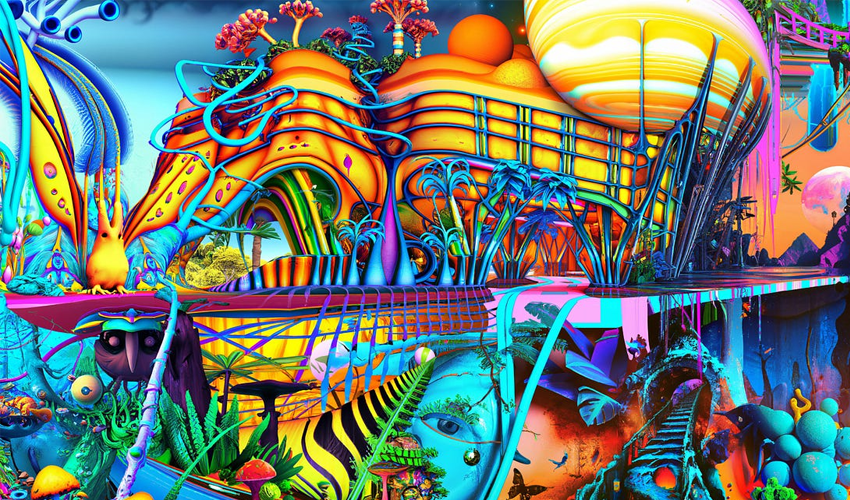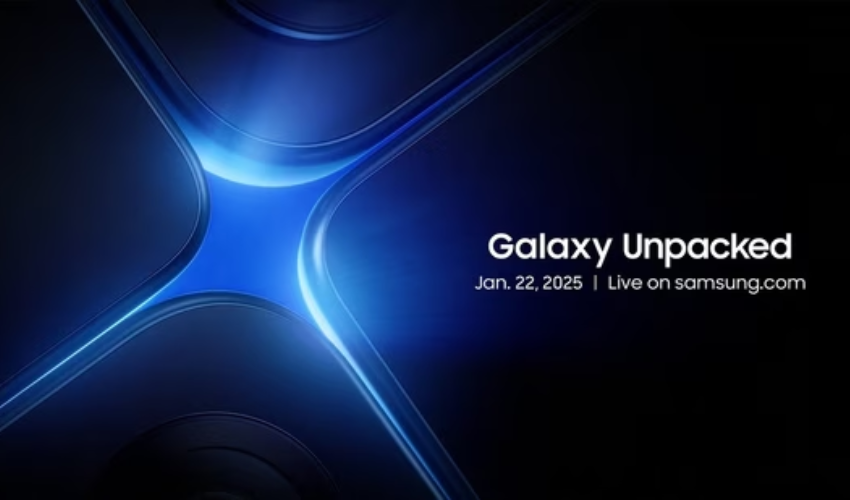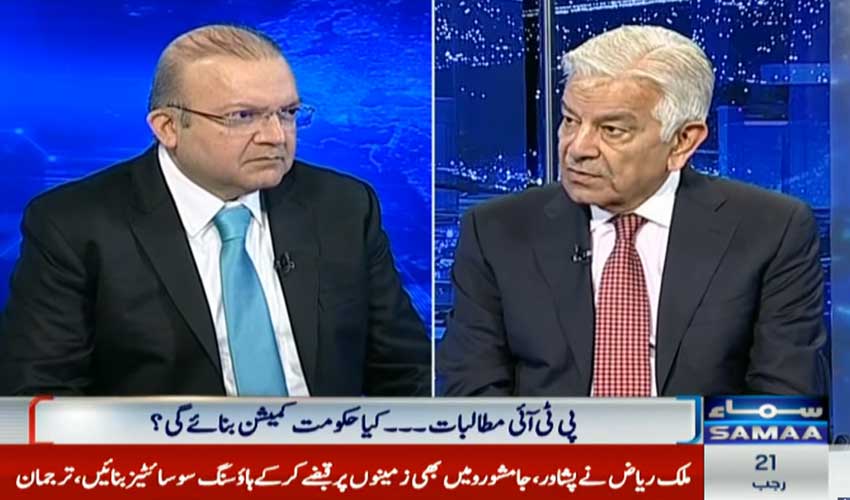In a significant leap forward for the world of AI-generated art, OpenAI has officially announced the release of Dall-E 3, a groundbreaking update to its highly acclaimed AI art generator.
This development comes as a boon to artists and enthusiasts alike, as Dall-E has earned its reputation as one of the most user-friendly and accessible AI art tools available today.
Dall-E, named after the famous surrealist artist Salvador Dalí and the Pixar character WALL-E, first captured the imagination of creatives and beginners alike with its innovative approach to generating artwork from text descriptions. While it initially gained attention as a basic AI image generator, it has evolved into a more sophisticated tool over time. OpenAI's latest iteration, Dall-E 3, is poised to set a new standard in the field of generative AI.
One of the standout features of Dall-E 3 is its ability to translate intricate requests into highly detailed and precise images. This enhancement represents a significant leap forward in the tool's graphical capabilities, potentially giving it an edge over competitors like Midjourney and Stable Diffusion.
Artistic prowess extended
However, the importance of Dall-E 3 extends beyond its artistic prowess. OpenAI has recognized the ethical responsibilities that come with such powerful AI tools. In response, Dall-E 3 includes a range of security and safeguarding features that address some pressing concerns in the AI image production space.
Of particular note is the implementation of safeguards within the software to prevent the generation of images depicting real-world public figures or artworks in the style of living artists. These measures aim to curtail potential misuse and legal concerns related to AI-generated art. Moreover, Dall-E 3 incorporates additional safeguards to mitigate the creation of violent, inappropriate, or harmful images, addressing fears related to art theft, deepfake videos, and privacy breaches.
Perhaps the most noteworthy aspect of this upgrade is the respect it affords to artists themselves. OpenAI has made provisions for Dall-E creators to opt out of having their work used to train future text-to-image tools. This move helps preserve the originality and intellectual property of artists, a vital step in promoting responsible AI use.
AI ethics
Despite the ongoing debates surrounding AI ethics and the challenges that AI-generated content presents, the release of Dall-E 3 appears to be a positive stride in the right direction. With enhanced capabilities and a commitment to safety and artist rights, Dall-E 3 may well emerge as the new benchmark for legality and morality in the generative AI landscape.
As the release date for Dall-E 3 to ChatGPT Plus and Enterprise subscribers in October approaches, the art world and technology enthusiasts eagerly await the transformative possibilities this AI tool may unlock. While questions about AI's broader impact persist, this development shines as a beacon of cautious optimism in a complex landscape.
Stay tuned for further updates as we explore the implications and applications of OpenAI's Dall-E 3.


























